Among these, 86% had either an intermittent exotropia, or an underlying convergence insufficiency, or a central nervous system pathology with an exotropia History and Physical Patients with intermittent exotropia are often asymptomaticEach type of exotropia can have different causes and levels of severity Intermittent exotropia Intermittent exotropia is the most common type of the condition Around 1% of the population is thought to have some degree of intermittent exotropia Eye turning only happens occasionally, as a result of one of these circumstances Fatigue IllnessSitting in front of the computer for hours can strain your eyes and may give rise to Strabismus Other causes Certain conditions like hydrocephalus, Down syndrome, brain tumors and cerebral palsy causes Strabismus, leading to Exotropia
Pattern Strabismus American Academy Of Ophthalmology
Causes of intermittent exotropia
Causes of intermittent exotropia-Exodeviation is a horizontal form of strabismus characterized by visual axes that form a divergent angle The different types of acquired exotropia are intermittent exotropia, sensory exotropia, exotropia with neurologic causesSome people have exotropia from childhood, called a "lazy eye" Others develop it as an adult due to a medical condition like a stroke or thyroid disease Others develop it as an adult when one eye loses vision The eye with poor vision can wander How is




Strabismus Natural Ways To Help Resolve Crossed Eyes Dr Axe
Strabismus occurs when the two eyes are unable to maintain proper alignment and focus together on an object one eye looks directly at the object, while the other eye points in a different direction Accommodative esotropia usually presents itself in children from age 2 and olderExotropia is a type of strabismus (eye misalignment), where one eye turns, or deviates, outward (away from the nose) The deviation may be constant or intermittent, and the deviating eye may always be one eye or may alternate between the two eyes The deviation or eye turn may occur while fixating (looking at) distant objects, near objects, or bothIntermittent esotropia eye turns inward but not all the time (exotropia) According to the This can cause difficulties with measuring
8 rowsINTERMITTENT EXOTROPIA A Major Review Rahul Bhola, MD Exodeviations orManifest intermittent exotropia may increase with time and become constant exotropia Sensory deprivation exotropia Sensory deprivation exotropia is due to disruption of binocular reflexes by acquired conditions like opaque media due to a disease or cataract It begins in children over five years of age or in adultsIntermittent exotropia causes the eye to sometimes move outward, often when you're tired, sick, daydreaming, or looking in the distance Other times, the
Intermittent exotropia (X(T)) is one of the most common form of strabismus with surgery being the mainstay of treatment The main goal of surgery is to preserve binocular vision and stereopsis and to prevent its further loss The decision to operate is mainly based on four aspects increasing angle of exodeviation, deteriorating control of X(T), decrease in stereopsisIntermittent exotropia is sometimes subdivided into 'basic' and 'distance' subtypes but clinical characteristics are very similar for these subtypes of X(T) and, as investigation and management are also essentially the same (Cooper 1977), they are considered together in this review and jointly referred to as 'intermittent exotropia' or X(T)Esotropia can also be due to other conditions Poor vision can cause eye crossing Various neurological conditions (hydrocephalus, stroke, etc) can cause an eye to turn inward A number of medical conditions can cause esotropia ( thyroid eye disease, Duane syndrome, etc)




Intermittent Exotropia



Strabismus
Intermittent exotropia subject to certain exclusions Patients were excluded if they had any major ocular disease other than intermittent exotropia, severe myopia (greater than −600 diopters D), severe hyperopia (greater than 500 D), age at initial examination younger than 1 year or older than 7 years, or if it was evident at the onset thatMonocular eye closure in sunlight is often noted in patients with intermittent exotropia Neither the reason for eye closure nor its frequency of occurrence in other populations is known We questioned 147 consecutive nonoperated patients (and/or their parents) ages 145 years, 93 with strabismus wiThe angle or control of the deviation may be exacerbated by systemic states including fatigue, systemic illness, or in adults, ingestion of alcohol or other sedatives 2 Additionally, symptoms can be elicited regarding quality of life and difficulty with eye contact and social interactions, as intermittent exotropia has been associated with a decrease in health




Exophoria




Exodeviations An Exodeviation Is A Divergent Strabismus That Can Be Latent Or Manifest Ppt Video Online Download
Intermittent exotropia, characterized by an acquired, intermittent exodeviation, occurs in approximately 1% of healthy children in the United States 1 and, given its predominance over esodeviations among Asian populations, 2 may be the most prevalent form of strabismus worldwideExotropia is a type of strabismus (misaligned eyes) in which one or both of the eyes turn outward The condition can begin as early as the first few months of life or any time during childhood Exotropia often begins as an intermittent problem, noticed only when the child is tired, sick, just waking up, excited, or stressedChildren with intermittent exotropia commonly close or squint one eye at times, especially when they are exposed to bright sunlight The exact reason people with intermittent exotropia close one eye in bright light remains unknown In any case, when the eye is




Strabismus Funduskopi Doc Document




What Is Strabismus Causes Symptoms Treatment
Intermittent exotropia (X (T)) is a strabismus condition with outward drifting of either eye interspersed with periods of good alignment or orthotropia (Fig 771) Monocular eye closure may occur during exodeviation Near stereoacuity is often normal during periods of alignment, though it may deteriorate if the condition progressesAim To examine the association of distancenear disparity with neurological disease in children with intermittent exotropia Methods A retrospective analysis was performed of the medical records of all children with intermittent exotropia examined at the Arkansas Children's Hospital between 19 and 02 The study group consisted of children with intermittent exotropia who had aWhen one eye turns inward, outward, upward, or downward, two different pictures are sent to the brain Thus, the brain can no longer fuse the two images coming from the two eyes This causes loss of depth perception and binocular vision The term is from Greek exo meaning outward and trope meaning a turning



1




What Is Exotropia Vision Express
Causes of esotropia and exotropia are mostly unknown Children with a family history of the disorder are more likely to get them They are also common in children who have other systemic (chromosomal or neurologic) disorders No known causeWhat is Exotropia Exotropia, a form of Strabismus, is the outward deviation (turn) of an eye and occurs in 12% of children by 7 years of age and occurs equally in males and femalesIn exotropia, one or both eyes turn out What are the symptoms TheThe cause of this condition is not known Most experts believe that the brain of affected patients has trouble controlling the position of the eye Signs and symptoms of intermittent exotropia Abnormal outward movement of the eye happens most often when the child is focusing on distant targets, such as watching television
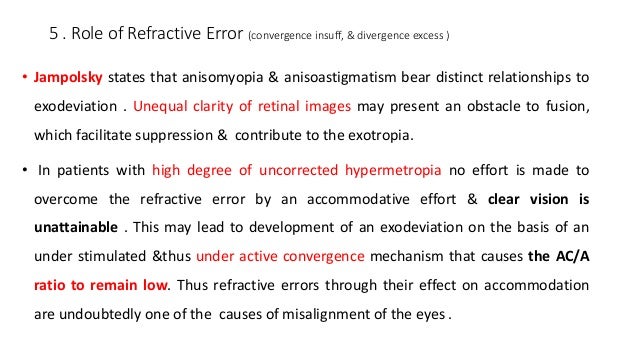



Intermittent Exotropia




Surgical Dosage For Intermittent Exotropia As Per Authors Experience Download Scientific Diagram
Intermittent exotropia In this type of strabismus, one eye will fixate (concentrate) on a target while the other eye is pointing outward Symptoms may include double vision, headaches , difficulty reading, eyestrain, and closing one eye when viewing far away objects or when in bright lightDownload PDF Surgical correction of intermittent exotropia is a breadandbutter procedure for many pediatric ophthalmologists But a recent study in the British Journal of Ophthalmology (BJO) 1 and an accompanying editorial 2 call into question the notion that intermittent exotropia is straightforward or fully understood These articles challenge some of the dogma that has guidedGerald M Fenichel MD, in Clinical Pediatric Neurology (Sixth Edition), 09 Exotropia Exotropia is an outward divergence of the eyes It may be intermittent or constant Clinical Features Intermittent exotropia is a relatively common condition that begins before 4 years of age It is most often evident when the child is fatigued and fixating on a far object or in bright sunlight




Glen Carbon Dr Julie Steinhauer Reveals Why Exotropia Is Often Misdiagnosed Riverbender Com




Strabismus Natural Ways To Help Resolve Crossed Eyes Dr Axe
Exotropia or exoforia Exotropia is a defect that occurs when the eyes are turned outward, which causes a major blurred vision problemExophoria is a type of strabismus and is also known colloquially as wall eyes The exophoria can be congenital o acquired and it is more common in women than in menAn exotropia is an outward eye turn that can have a large variety of presentations It can be intermittent, constant, unilateral, alternating and vary in magnitude An exotropia has a variety of causes, some of which can be life threatening If an eyeturn is suspected or there is a family history of an eyeturn a comprehensive eyeexaminationCommonly referred to as crossed eyes, esotropia is a common type of strabismus in which one or both eyes turn inward toward the nose It is most often identified in children between the ages of 2 and 4, although it can occur at any age The opposite of esotropia is exotropia, which is characterized by eyes that point outward, toward the ears




Pdf Outcome Of Strabismus Surgery And Vision Therapy In A Case Of Intermittent Exotropia




Squint Dr Abdulrhman Alsagaihi Ppt Download
Treatment of Intermittent Exotropia Treatment options consist of Vision Therapy, patching, eyeglasses and/or, very rarely, surgery The most successful form of treatment is inoffice supervised Vision Therapy with home reinforcement Therapy changes the brain and is directed at the cause and cure of the problemIntermittent exotropia Intermittent exotropia is a common type of strabismus that causes the eye to turn outward This type of eye turn may only be visible during stressful situations or when the person is tired, ill or anxious Advantages of an intermittent eye turnConclusion Overcorrecting minus lens therapy for intermittent exotropia does not appear to cause myopia OVERCORRECTING minus lens therapy has been recommended as a treatment for intermittent exotropia 1 3 By fitting myopic spectacles on hyperopic patients, or spectacles that overcorrect the myopia on myopic patients, accommodative




Exotropia Types Symptoms Diagnosis Treatment Prevention




Management Of Intermittent Exotropia Of The Divergence Excess Type A Teaching Case Report The Journal Of Optometric Education
Exotropia is a type of strabismus characterised by outward deviation of an eye If Exotropia affects both eyes, as a result of which the individual is unable to align both eyes, the condition is termed as convergence insufficiency or exophoria Know the causes, symptoms, treatment, prognosis and complications of exotropiaNonsurgical treatment possibilities include Patching Overminused spectacles or glasses Orthoptic therapy (these exercises will facilitate the rePurpose This study considered whether vergence drives accommodation or accommodation drives vergence during the control of distance exotropia for near fixation High accommodative conve Evidence that convergence rather than accommodation controls intermittent distance exotropia Horwood 12 Acta Ophthalmologica Wiley Online Library




Exotropia In Children And Adults




Your Stories Intermittent Exotropia And Conflicting Treatment Options For Little Eyes
Causes Exotropia occurs when there is an imbalance in the eye muscles or when there is a signaling problem between the brain and the eye Sometimes a health problem, such as cataracts or a stroke, can cause this to occur The condition can also be inheritedThe different types of acquired exotropia are intermittent exotropia, sensory exotropia, exotropia with neurologic causes and field defects, and consecutive exotropia Certain conditions, such as third nerve palsy , thyroid ophthalmopathy , and iatrogenic trauma following retinal detachment surgery or endoscopic sinus surgery, could causeBackground Intermittent exotropia (IXT) is the most common form of childhood exotropia 1, 2 with an incidence of 321 per 100,000 in children under 19 years of age 1 The strabismus is characterized by an exodeviation of one eye that is interspersed with periods of ocular alignment 3 Reliable measurement of the deviation is often hindered by the variable nature of the strabismus,




Exotropia Ento Key




Exotropia Symptoms Management And More
But when there is a disruption and the muscles do not work together, some form of strabismus, including exotropia, may occur Other causes may involve the nerves that transmit information from the brain to the muscles, or the part of the brain that directs eye movementsMay cause individuals with intermittent strabismus who have the potential for normal binocular vision and older persons who are developing strabismus to alter their activities of daily living




What Is Exotropia Causes Symptoms Treatment Prognosis Complications




Intermittent Exotropia
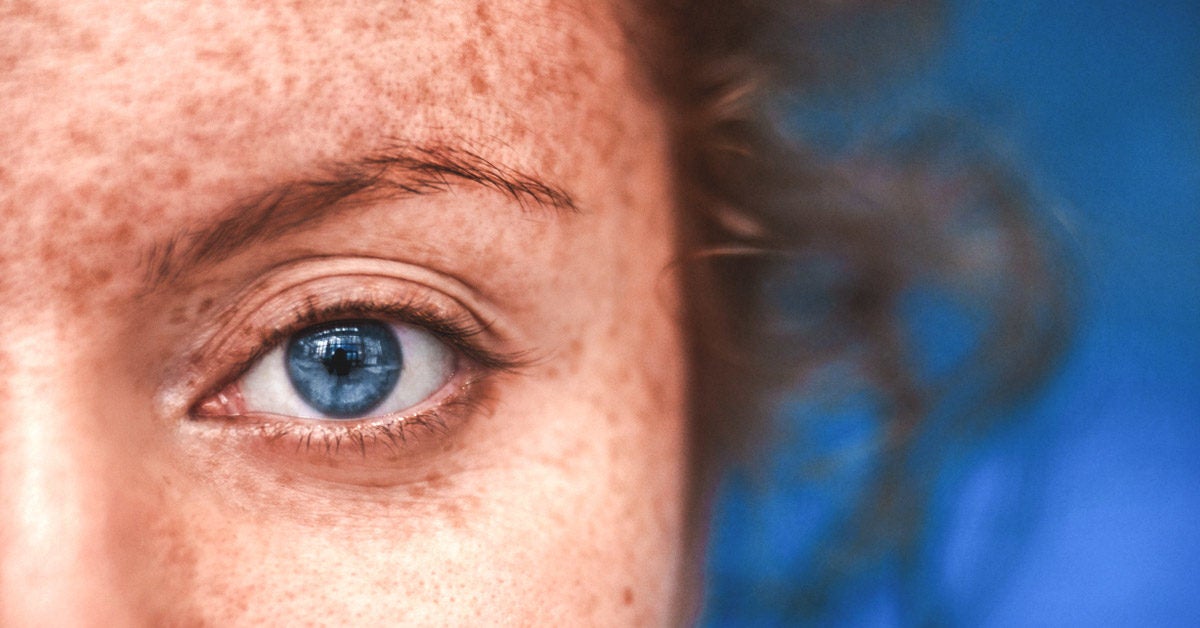



Exophoria Definition Treatment And How It Compares To Exotropia




Exotropia Eyes Turn Outward Causes Symptoms Treatment Vision Center



Management Of Strabismus In Myopes Kekunnaya R Chandrasekharan A Sachdeva V Middle East Afr J Ophthalmol




Management Of Intermittent Exotropia Of The Divergence Excess Type A Teaching Case Report The Journal Of Optometric Education




Strabismus Treatments Without Surgery With Exercises Vision Therapy
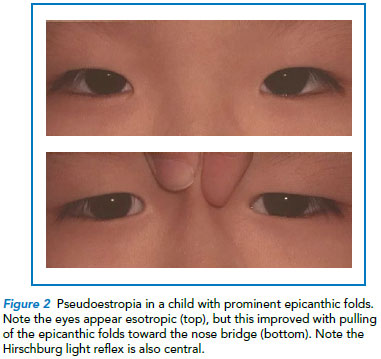



Common Strabismus In Children A Brief Overview Singhealth




Comparison Of Surgical Outcomes Between Bilateral Recession And Unilateral Recession Resection In Moderate Angle Intermittent Exotropia Journal Of American Association For Pediatric Ophthalmology And Strabismus Jaapos




Exotropia Types Symptoms Diagnosis Treatment Prevention




Cortical Metabolic Activity Matches The Pattern Of Visual Suppression In Strabismus Journal Of Neuroscience
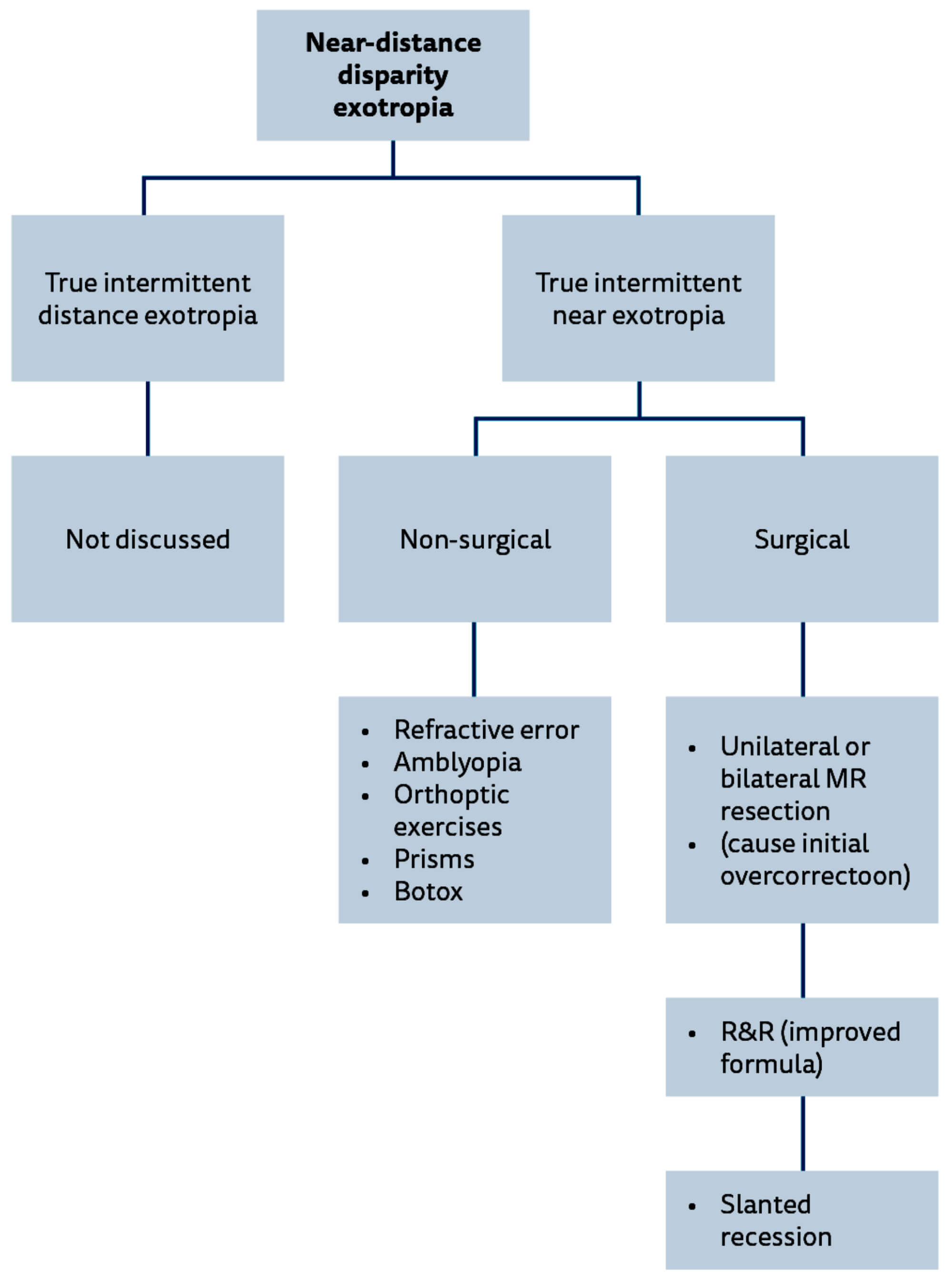



Management Of Squint With Near Distance Angle Disparity Eye News




Pdf Intermittent Exotropia Are We Underminusing By Not Overminusing




What Is Intermittent Strabismus Optometrists Org
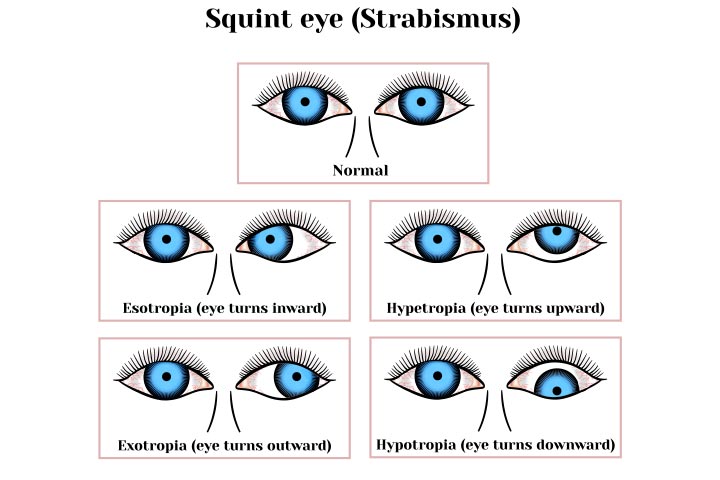



Strabismus In Infants Symptoms Causes Diagnosis And Risks




Intermittent Exotropia And Accommodative Esotropia Distinct Disorders Or Two Ends Of A Spectrum Ophthalmology



Management Of Strabismus In Myopes Kekunnaya R Chandrasekharan A Sachdeva V Middle East Afr J Ophthalmol
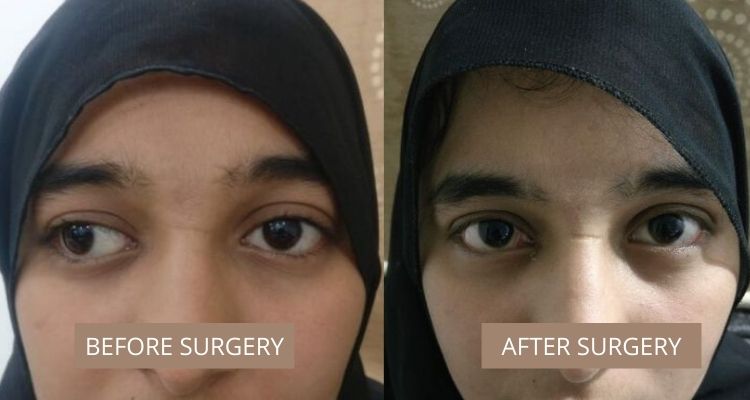



Exotropia Best Squint Treatment In Mumbai Eye Solutions




Pdf Case Report Of Concomitant Intermittent Exotropia As A Rare Presentation In A Child With Temporal Arachnoid Cyst



Adult Strabismus Back To Basics Sydney Ophthalmic Specialists




Exotropia Condition Ut Southwestern Medical Center
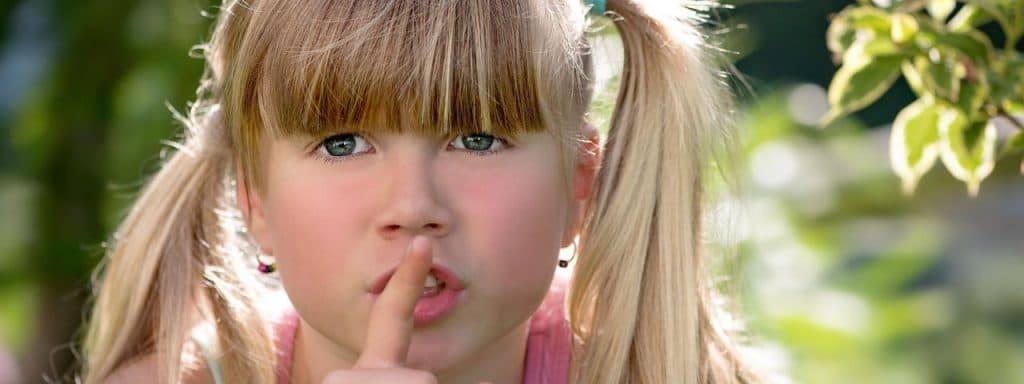



What Is Exotropia Optometrists Org
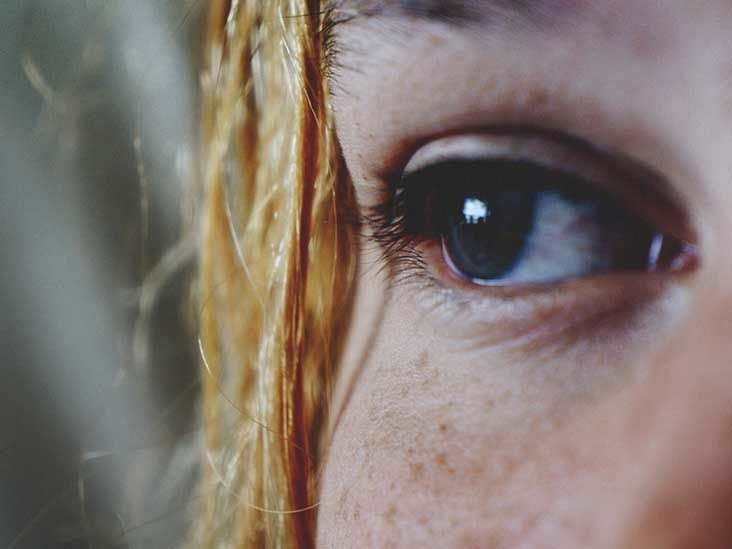



Exotropia Symptoms Management And More
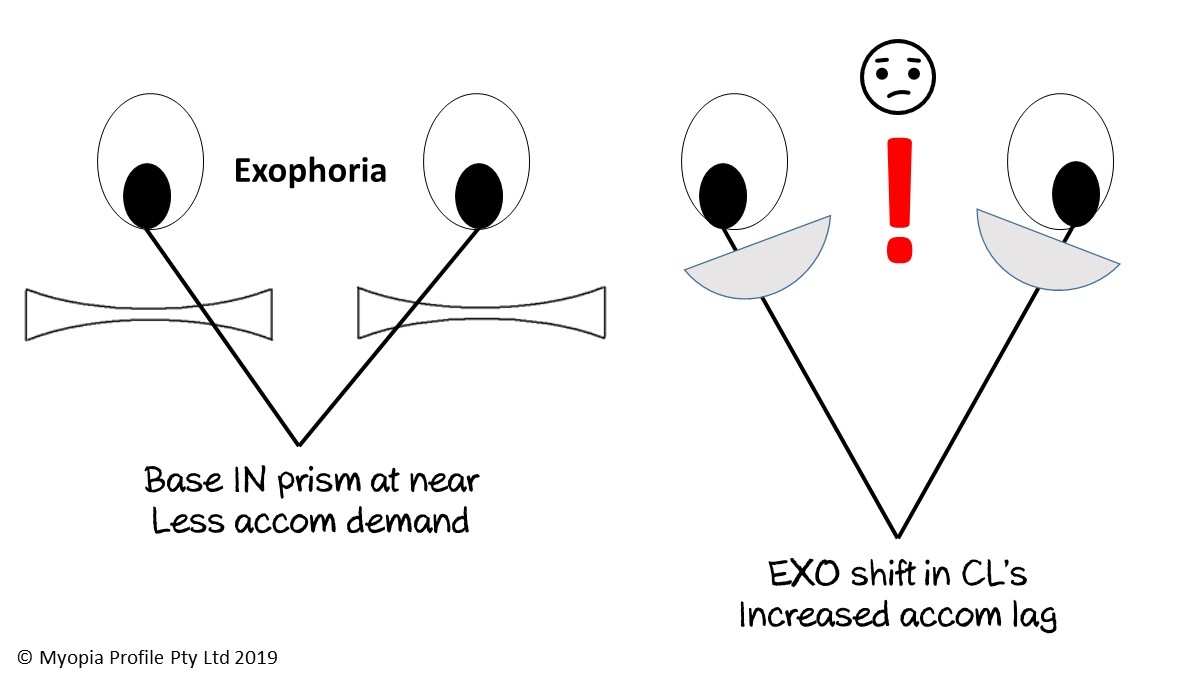



What About The Exophores Myopia Profile Binocular Vision Myopia Control




Management Of Intermittent Exotropia Of The Divergence Excess Type A Teaching Case Report The Journal Of Optometric Education




Intermittent Divergent Squint In Prematurity And Its Neurophysiological Aspects Abstract Europe Pmc
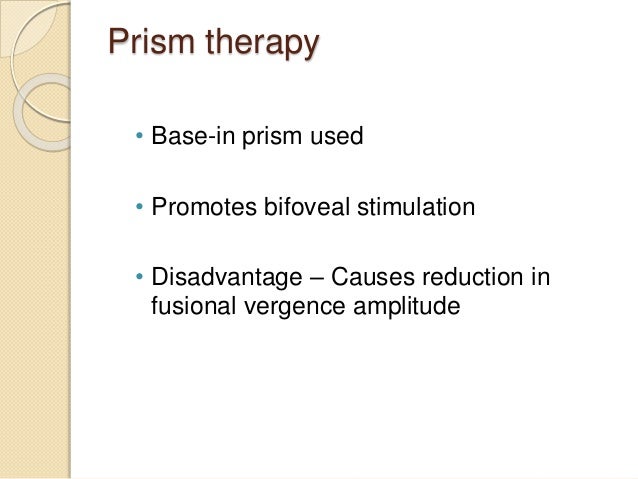



Intermittent Exotropia




Acquired Exotropia Background Pathophysiology Epidemiology



Pattern Strabismus American Academy Of Ophthalmology




Exotropia




Exotropia Outward Eye Turn




Exotropia American Association For Pediatric Ophthalmology And Strabismus




How To Treat Crossed Eyes Strabismus Vision Eye Eye Exercises Eye Health




Exotropia Outward Eye Turn




Pattern Strabismus In Consecutive Esodeviation After Bilateral Lateral Rectus Muscle Recession For Intermittent Exotropia Journal Of American Association For Pediatric Ophthalmology And Strabismus Jaapos
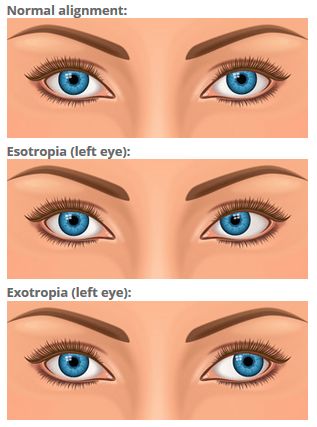



Strabismus And Crossed Eyes Causes And Treatment All About Vision




Management Of Squint With Near Distance Angle Disparity Eye News




Acquired Exotropia Clinical Presentation History Physical Causes




Intermittent Divergent Squint In Prematurity And Its Neurophysiological Aspects Sharma K Panwar P Chaudhary Kp J Pediatr Neurosci




Exophoria




Management Of Intermittent Exotropia Of The Divergence Excess Type A Teaching Case Report The Journal Of Optometric Education
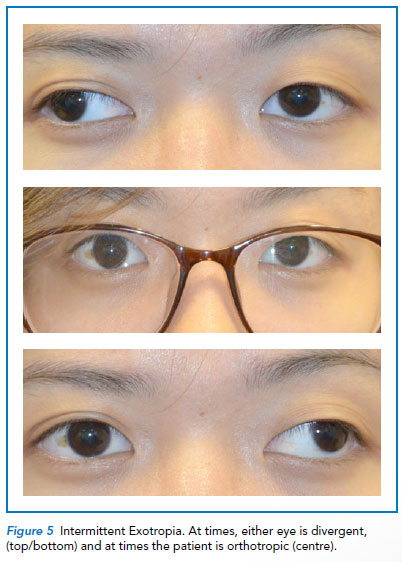



Common Strabismus In Children Singhealth




Divergent Strabismus An Overview Sciencedirect Topics
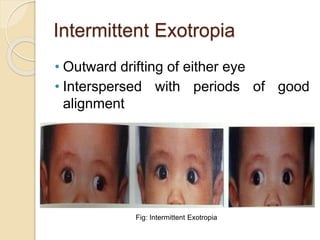



Intermittent Xt




Signs And Symptoms Of Binocular Vision Problems
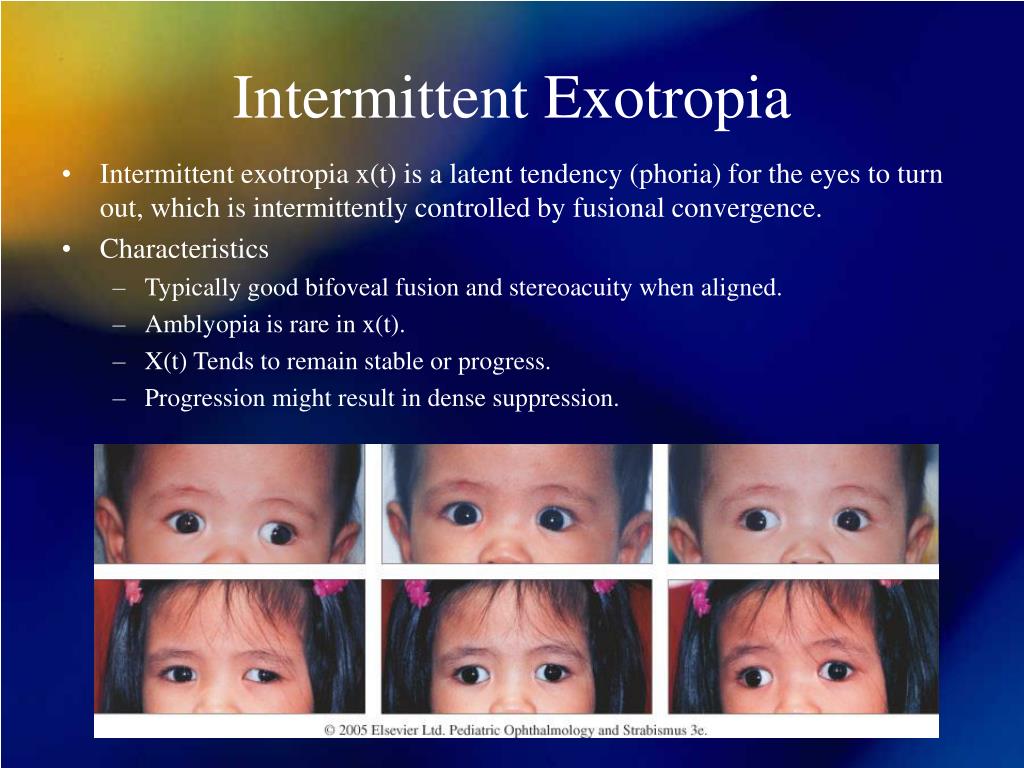



Exotropia Treatment 35 Images Seeos Early Surgery For Intermittent Exotropia Tracks With Exotropia Or Exoforia Causes And Treatment



2




Pdf The Improving Outcomes In Intermittent Exotropia Study Outcomes At 2 Years After Diagnosis In An Observational Cohort




Pdf Selective Surgery For Intermittent Exotropia Based On Distance Near Differences Semantic Scholar
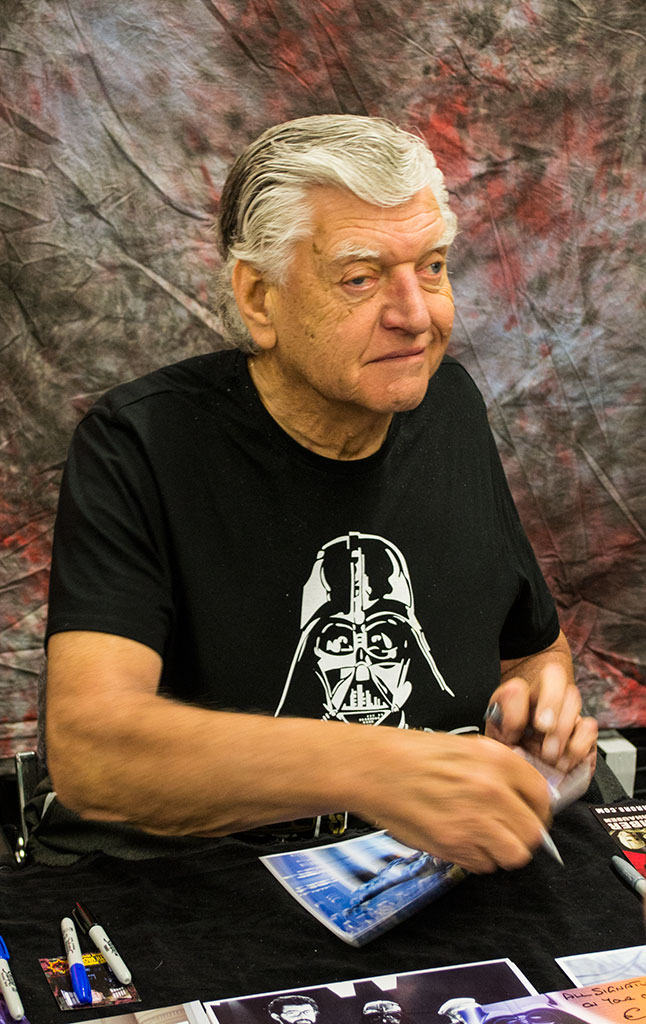



Exotropia Wikipedia
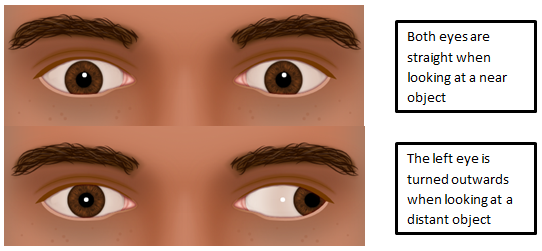



Intermittent Distance Exotropia Hull University Teaching Hospitals Nhs Trust
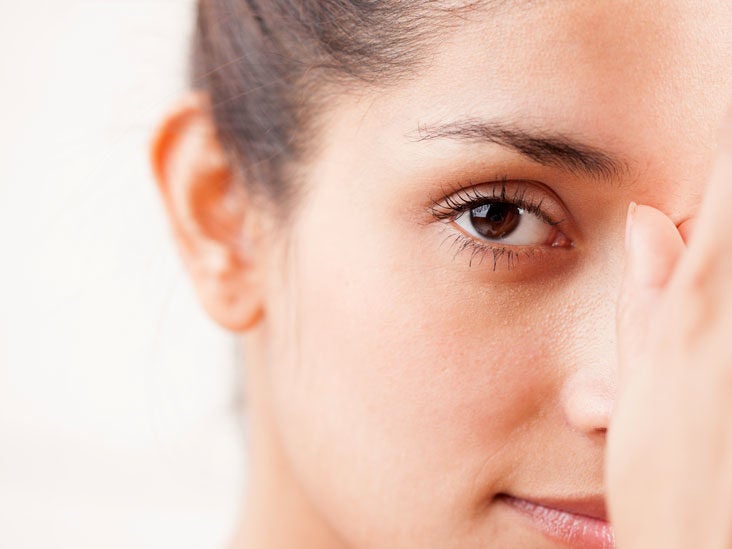



Exotropia Symptoms Management And More




Intermittent Exotropia Ento Key




Intermittent Exotropia Ento Key




Exotropia Outward Eye Turn




Pattern Strabismus And Torsion Needs Special Surgical Attention Eye




Exotropia Eyewiki
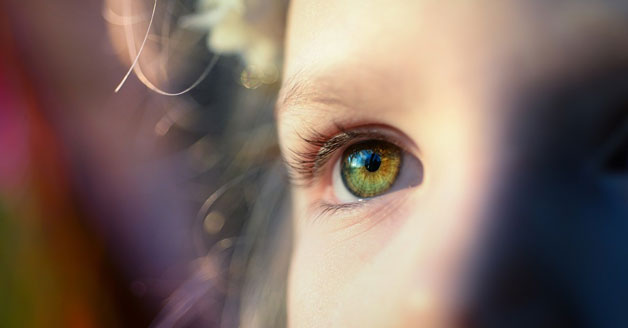



What Is Exotropia Bard Optical
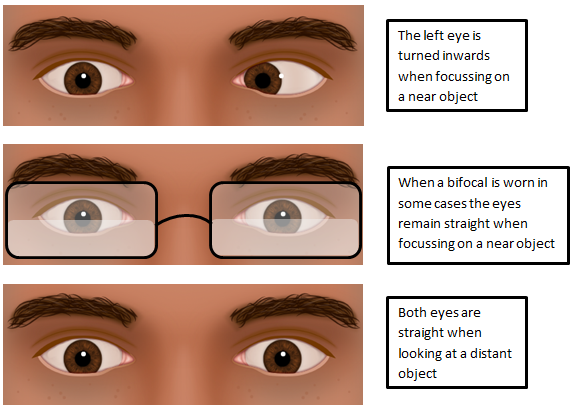



Convergence Excess Type Intermittent Esotropia Hull University Teaching Hospitals Nhs Trust




Syah S Optometry Blog Exotropia Classification
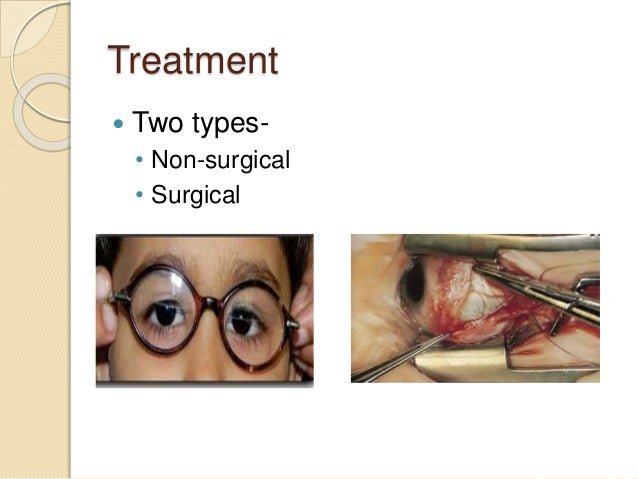



Intermittent Xt




Lactose Control Scoring Helps Predict Surgical Outcomes For Childhood Intermittent Exotropia Canadian Journal Of Ophthalmology



Ophthalmology Exotropia Dr Maria Elisa Scarale



Accommodative Esotropia Dr Francis Dube Optometrist




Exotropia Wikipedia




Strabismus Amblyopia Leukocoria Saeed Alwadani Md Assistant Professor
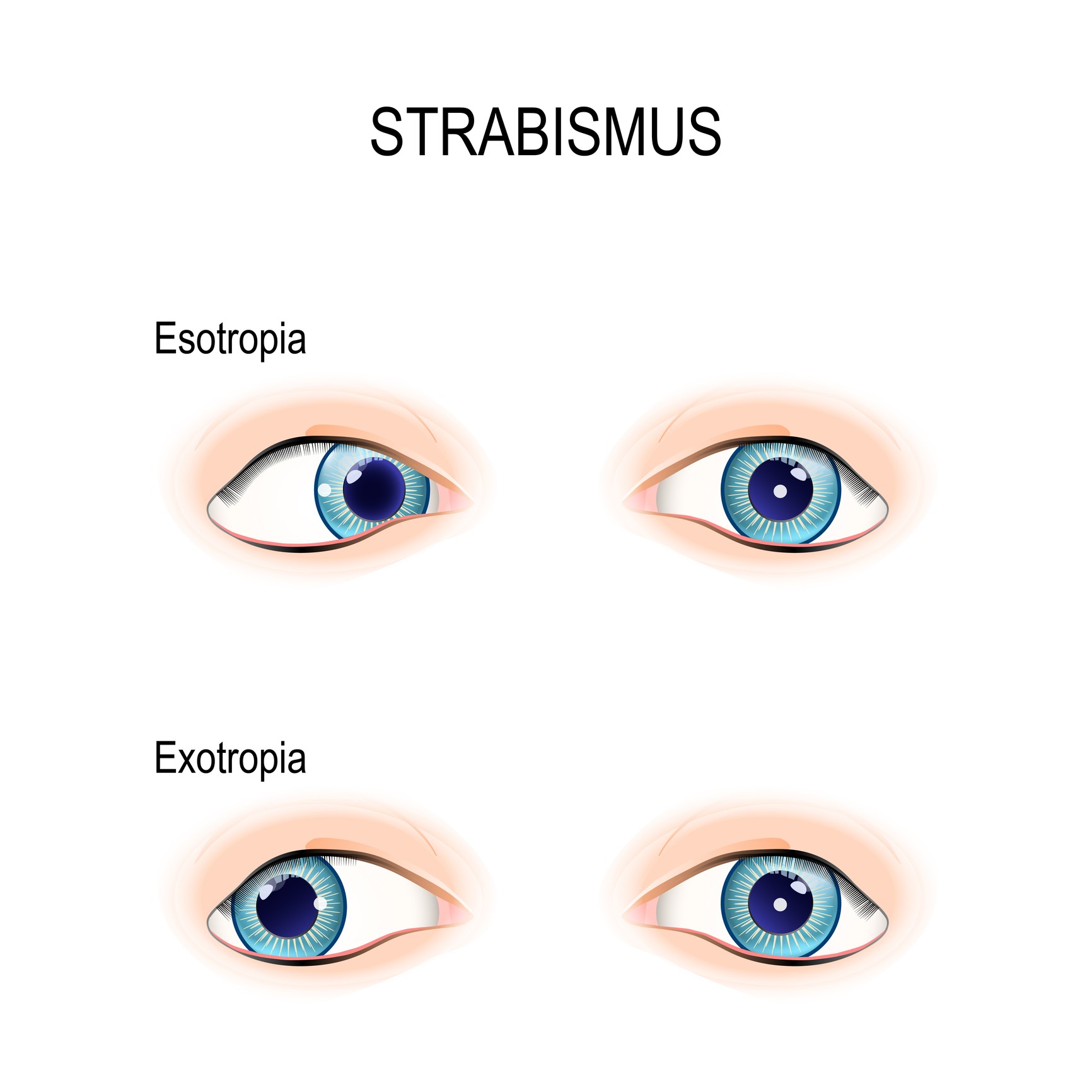



What Is Strabismus The Optometry Center For Vision Therapy



1




Intermittent Exotropia Ento Key




8 Intermittent Exotropia Ideas Strabismus Surgery Vision Therapy Eye Surgery




Management Of Intermittent Exotropia Of The Divergence Excess Type A Teaching Case Report The Journal Of Optometric Education
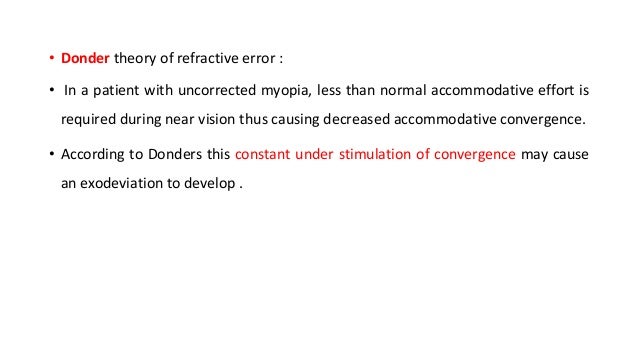



Intermittent Exotropia



Hypertropia




Jaypeedigital Ebook Reader




Strabismus Cross Eyed Children S Hospital Colorado




Pdf Selective Surgery For Intermittent Exotropia Based On Distance Near Differences Semantic Scholar




Exotropia Ento Key
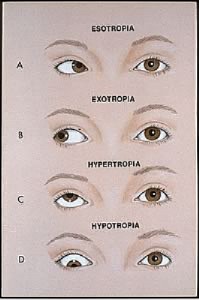



Strabismus Dr Vryghem




Exotropia Psychology Wiki Fandom




Gulf View Medical Centre Exotropia Misalignment Of The Eyes Learn More About The Symptoms Causes Complications Treatment What Is Exotropia Exotropia Is A Type Of Strabismus Which Is A
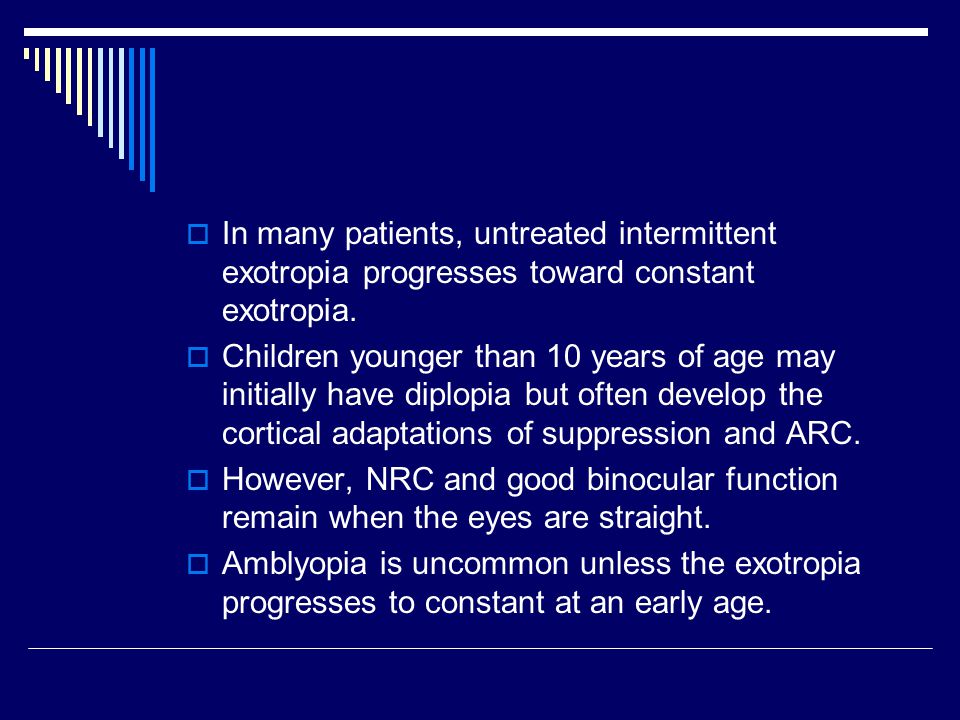



Exodeviations An Exodeviation Is A Divergent Strabismus That Can Be Latent Or Manifest Ppt Video Online Download
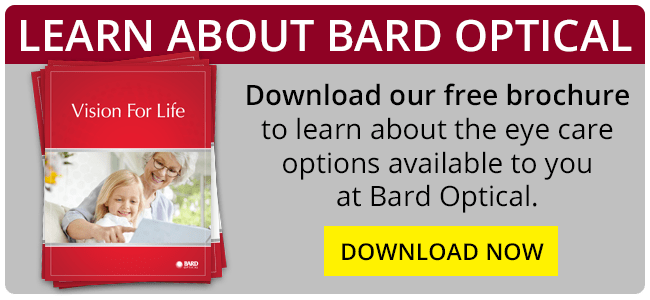



What Is Exotropia Bard Optical
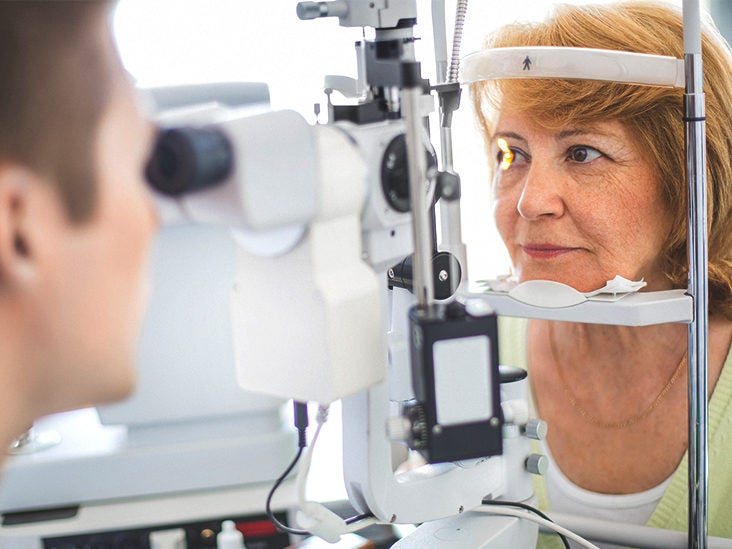



Exotropia Symptoms Management And More




Do You See A Pattern



0 件のコメント:
コメントを投稿